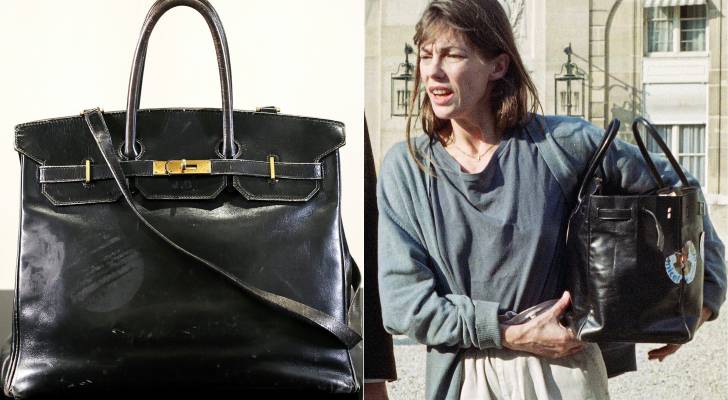Jane Birkin and her carry-on
Some of the world’s most iconic products weren’t born in boardrooms. They came from moments of pure inconvenience. Case in point: the Hermès Birkin.
In 1983, actress Jane Birkin struggled to fit her straw tote into an airplane’s overhead compartment. Its contents spilled out in front of Jean-Louis Dumas, then CEO of Hermès. The mishap sparked a conversation about the lack of functional handbags.
According to Hermès, Birkin told Dumas she couldn’t find a bag suitable for her needs as a young mother. Dumas began sketching on the spot, and a year later, the Hermès Birkin was introduced.
Originally retailing for US$2,000, the structured leather tote became a symbol of luxury and scarcity. Four decades later, it’s also a high-performing asset. In July, Birkin’s gifted model sold for US$10.1 million at a Sotheby’s auction, setting a new record for the most valuable handbag ever sold at an auction.
Most people assume a five-figure handbag belongs behind glass — something to preserve, not put to work. But Jane had other plans for the accessory that bears her name.
She treated her Birkin like any other handbag: a functional, everyday catchall. By the time it landed at Sotheby’s, The New York Times described the piece as looking like it had been salvaged from a “shipwreck” — frayed handles, worn-in leather and even sticker residue still intact.
“She didn’t treat it as an art piece,” said Adam Leja, a couture collector from Warsaw who attended the auction’s public viewing. “It’s just a normal bag for every day. That’s the amazing thing about it.”
And yet, that’s exactly how it performed.
Luxury handbags, particularly Hermès Birkins, have become some of the most reliable assets in the collectible market. The brand’s scarcity-driven business model, characterized by limited supply and waitlist-only access, has fueled significant appreciation over time.
Consider the Birkin 20 Matte Alligator: while its retail price is around US$78,000, secondary market prices can climb as high as US$115,570 — a return of roughly 2.5 times to 4 times the estimated retail price. Between 1980 and 2015, The Independent reported an average annual rate of 11.66% in the stock market, but not without turbulence, including a 36.55% decline during the 2008 financial crisis.
Story Continues
